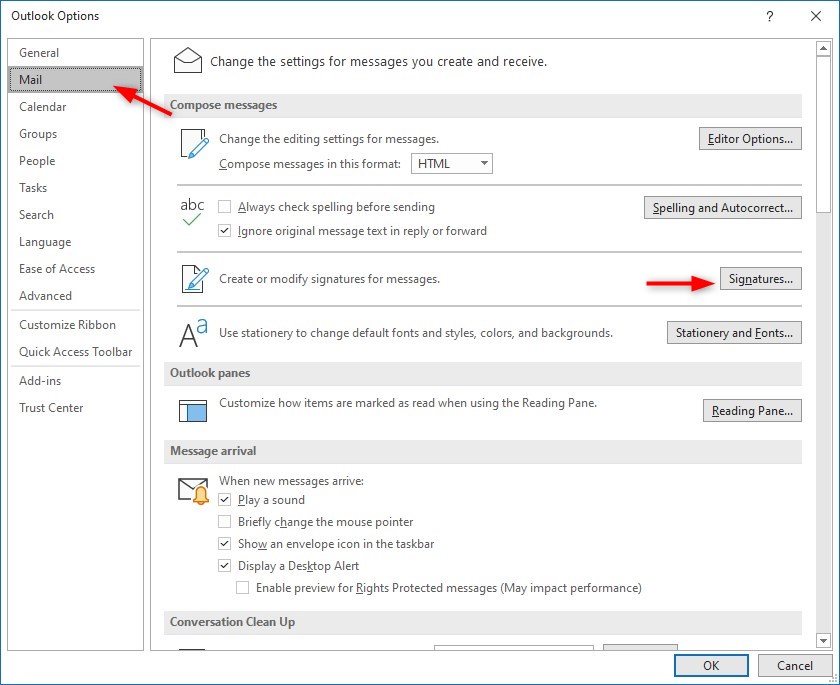
Image pixelization: While some logos are more susceptible to pixelization than others, it’s always best to display a clean, unpixelized logo. If you like, you can grab the HTML markup for this signature. I’m not going to go through the markup line by line, but rather will touch on some of the things that are not so obvious, yet are critical to understand. The following graphic shows an example of a feature-rich email signature:

Gmail ignored these refined techniques and simply inserted full s, thus opening up the line spacing more than intended. More refined spacing techniques were then applied to adjust the gap down to the various hyperlinks and then again down to the IFT12 tagline. This was formatted using straight s to create the carriage returns. You’ll notice that the top block of text – my name down through the phone numbers - remains intact in Gmail. The bottom graphic illustrates the rendering of this email signature in Gmail. The top graphic illustrates the intended design - the actual rendering of this email signature in Outlook. Gmail line spacing: Gmail renders all line breaks as full carriage returns. Now, though, email signatures need to be narrower, and more vertical in orientation – smart phones offer a limited viewing area and an overly wide email signature can lead to a messy layout


Smart phones: Prior to smart phones, email signatures worked well with a horizontal aspect The goal was to allow them to be seen fully when an email message was viewed in the preview pane on a desktop.


 0 kommentar(er)
0 kommentar(er)
